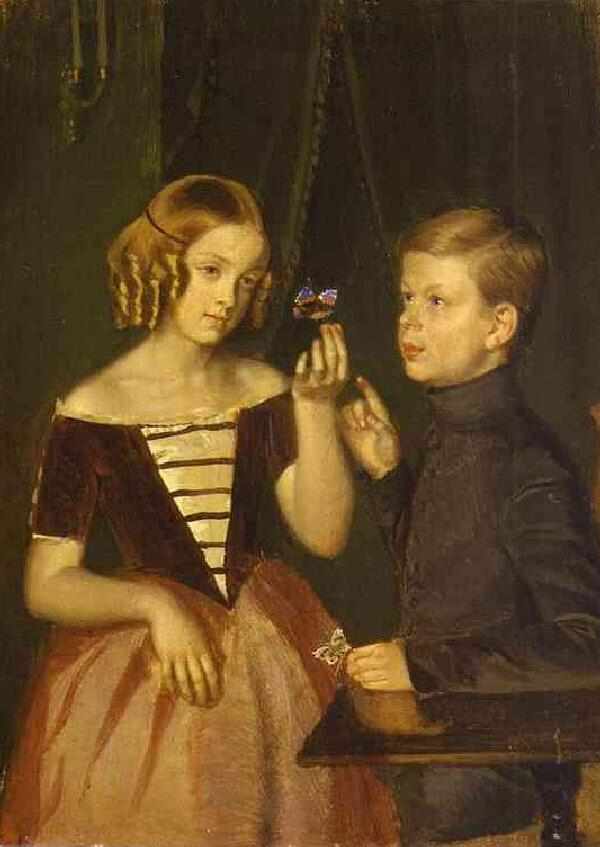
Figure 1.-- Pavel Fedotov painted e note many portraits he painted as well as interesting genre works. We note an interesting portrair of the Zherbin Children (1850-51), apparently one of his last works. |

|
Pavel Andreevich Fedotov was born in Moscow during 1815. His father was a retired military officer. He attended the Moscow Cadet School. It was not common in other countries for artists to come from a military background, but Fedotov served 10 years in the Finland Regiment of the Imperial Guards stationed in St. Petersburg. Fedotov and many of his fellow-officers dabeled in art as amateurs. Fedotov also played the flute. We note many portraits he painted as well as interesting genre works. We note an interesting portrair of the Zherbin Children (1850-51), apparently one of his last works.
Pavel Andreevich Fedotov was born in Moscow during 1815. His father was a retired military officer. He attended the Moscow Cadet School. It was not common in other countries for artists to come from a military background, but Fedotov served 10 years in the Finland Regiment of the Imperial Guards stationed in St. Petersburg. Fedotov and many of his fellow-officers dabeled in art as amateurs. Fedotov also played the flute. Hs early works were pencil drawings and water colors. Fedotov was not a trained artist. He did persue some classes in the evening at the Academy of Fine Arts. He was clearly more than an amateur and gained a reputattion as an outstanding regimental painter. He eventually decided he wanted to be a real artist and decided to leave the army. This was a ifficult decession. Fedotov was not independtly wealthy and the army was the only income for himself and his fsamily. As a result, Fedotov concentrated on easily salable portraits, at first of his family an neighbors. Fedotov did not begin usng oils until rther late in his very brirf career (1846). At the same time he began his genre work. Fedotov's paintings were noted at the exhibitions of 1849 and 1850 in St. Petersburg and Moscow. This meant that the painter could have looked forward to a successful professional career. It was a this stage that he ran into political problems. The Petrashevsky social-democratic group was tried and Fedotov was associated with them. The reponse of The Tsarist Government to the 1848 Revolutions was intervention in Europe and repression at home. Fedotov died in a mental clinic (1852).
We note many portraits he painted as well as interesting genre works. We only know of one painting with children at this time.
We note an interesting portrair of the Zherbin Children (1850-51), apparently one of his last works. We know nothing about the children at this time. The girls has ringlet curls. Her brother looks to be wearing a school uniform. They clearly came from an affluent family. I believe that their father was Social-Democratic associate of Fedotov that was prosecuted for political activity.
Navigate the Boys' Historical Clothing artistic pages:
[Return to the Main Russian art page]
[Return to the Main artistic page]
[Chronologies]
[Individuals]
[National]
[Styles]
Navigate the Boys' Historical Clothing Web Site:
[Return to the Main Russian page]
[Introduction]
[Activities]
[Biographies]
[Chronology]
[Clothing styles]
[Countries]
[Girls]
[Bibliographies]
[Contributions]
[FAQs]
[Glossaries]
[Satellite sites]
[Tools]
[Boys' Clothing Home]
